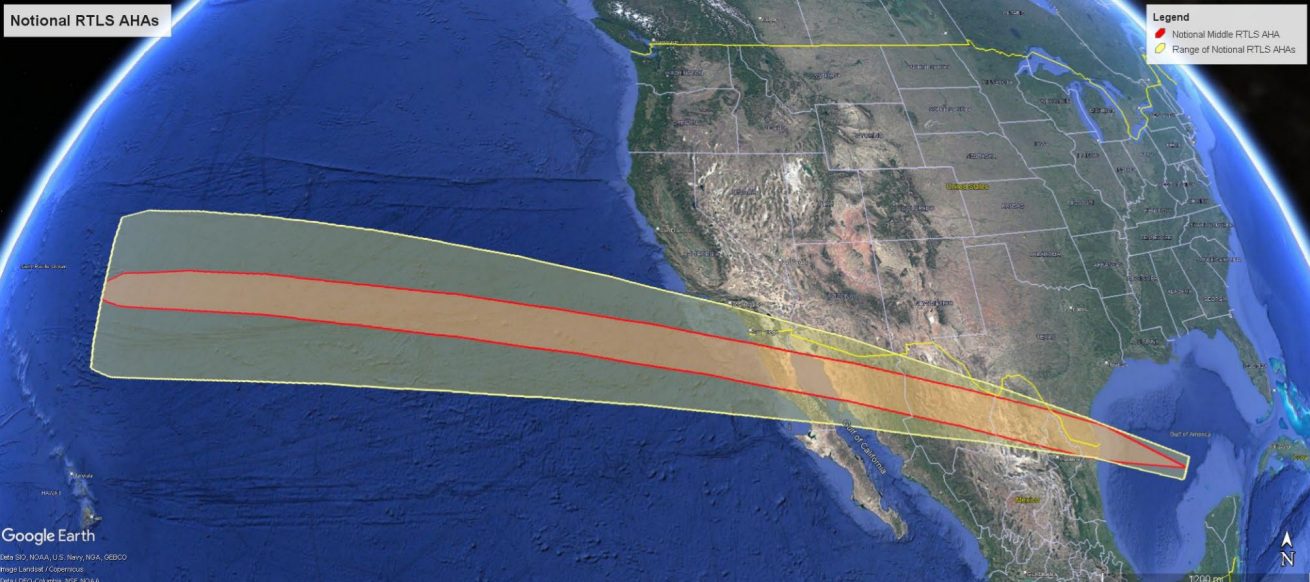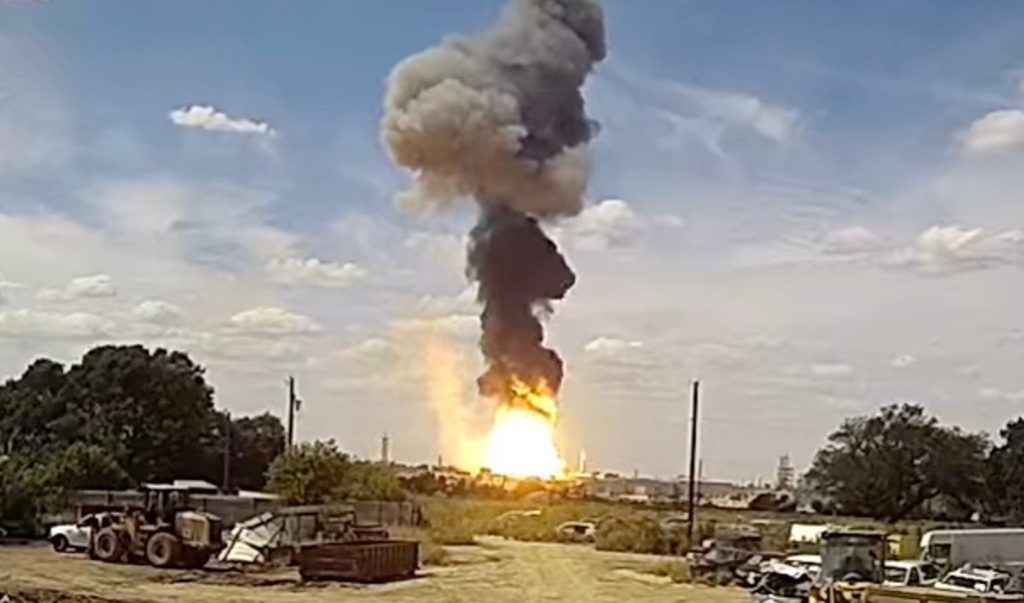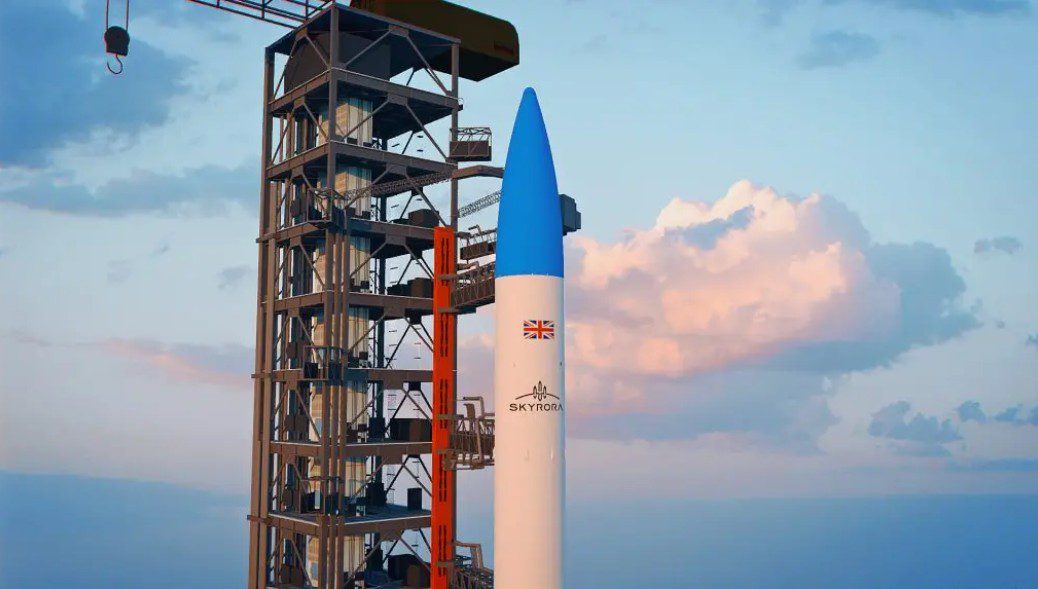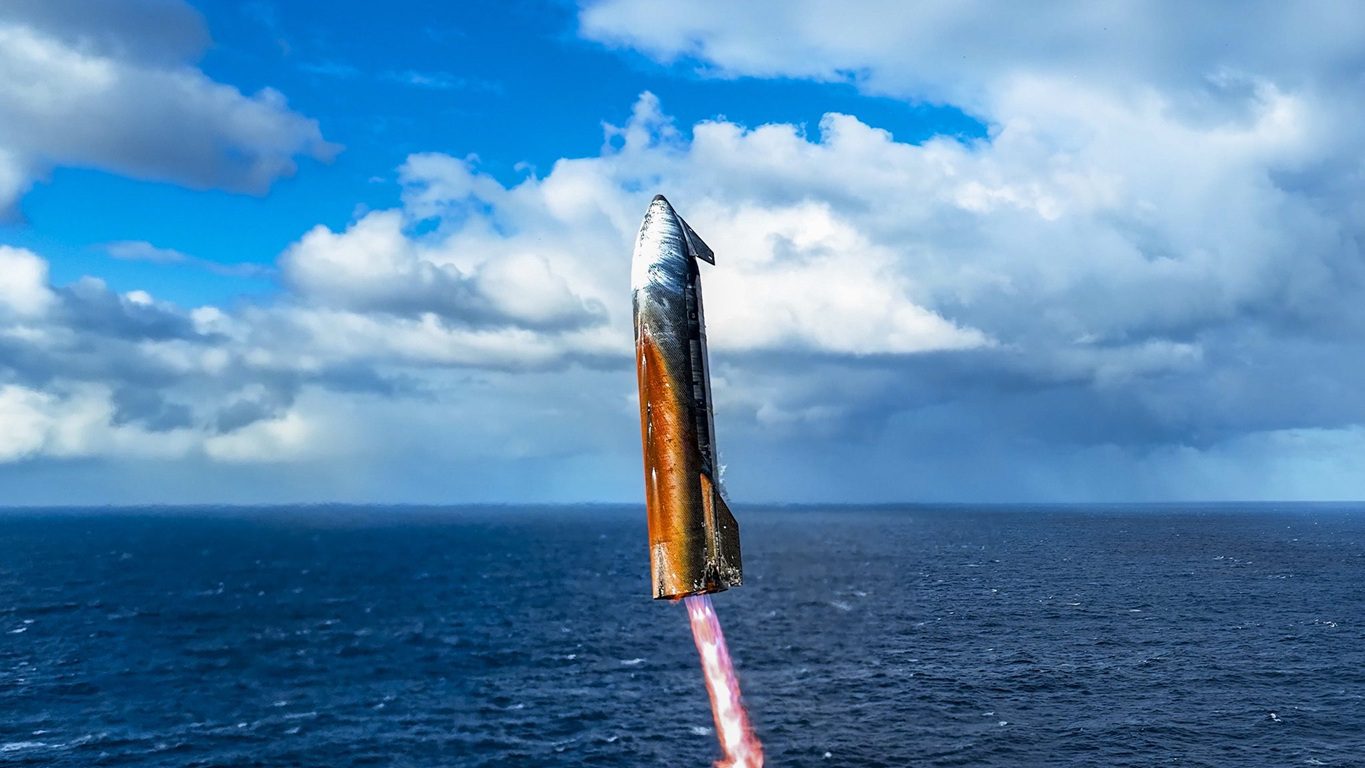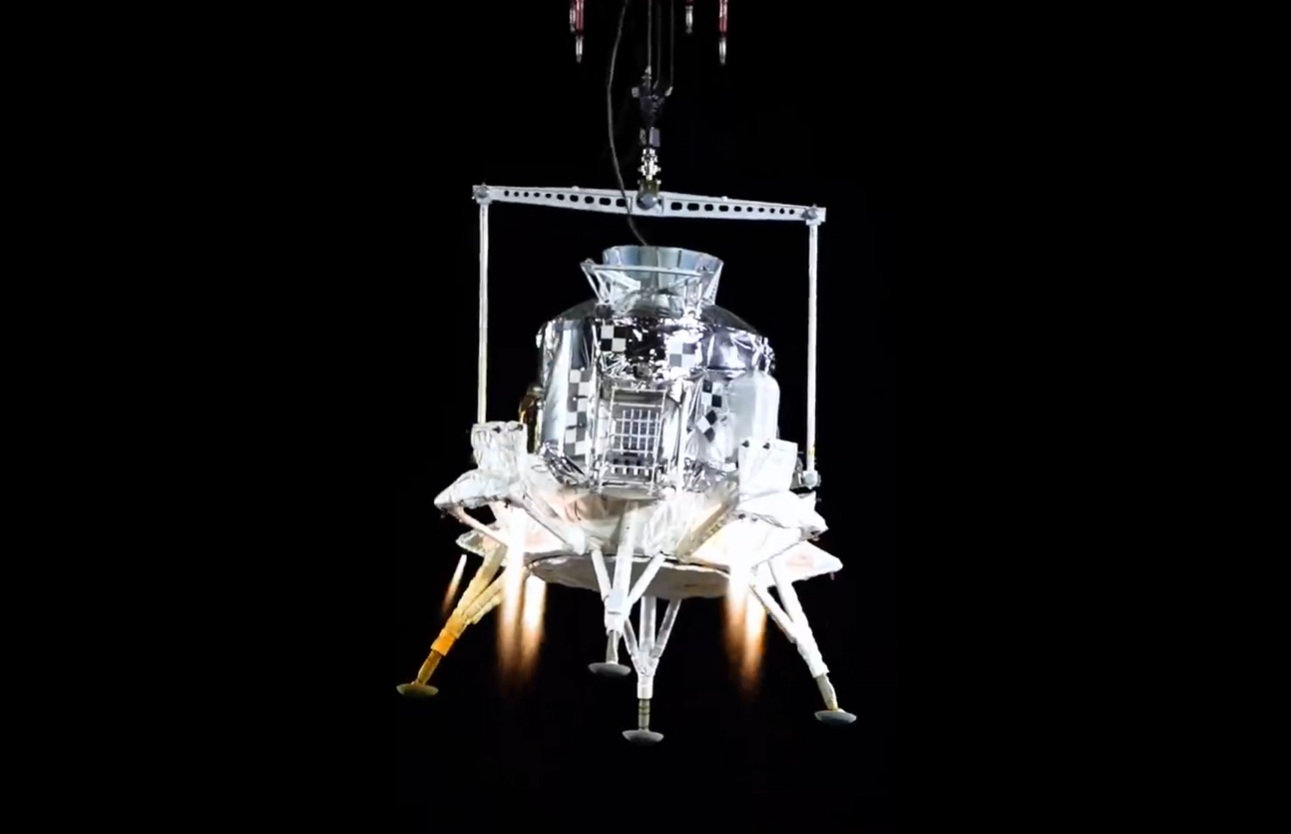As NASA’s SLS Heavy Lift launch Vehicle (HLV) heads for its Preliminary Design Review (PDR), NASA engineers are reported to be considering changing the engines used for the upper stage of the vehicle.
According to nasaspaceflight.com, the original choice of using an upper stage using the powerful J-2X crygenic engine may be usurped by a design employing four much less powerful but slightly more effcient RL-10 engines in the so-called DUUS (Dual Use Upper Stage) configuration. This dual-use stage would both provide the final push of a payload or spacecraft into orbit after the SLS core has burned to depletion. It will also offer the capabilty to later inject a spacecraft or cargo directly into a translunar or interplanetary trajectory.
According to NASA’s analysis, such a configuration could save a significant amount of money. For example, the core of the SLS vehicle could be kept to using four RS-25E engines (based on the Space Shuttle Main Engine) for all versions rather than having to move to five for the later Block 1B and Block 2 versions. Nor would a special injection stage have to be built seperately, further saving money, as the DUUS would already have this capability.
Engineering studies have also suggested that a four engine upper stage would have a better stage reliability with a true “engine out” capability.
SLS design progresses: whether the Block 2 version of SLS uses advanced solid boosters or liquid fuel ones, it will use a cryogenic upper stage. Courtesy: ATK
Comment by David Todd:
While the SLS design process is reportedly going better than expected and is certainly going better than NASA’s experience with the Ares V, having several flyable “marks” will add to the overall cost of SLS. So anything that reduces the differences between these versions, such has having the same core, will be a good thing.
Though higher thrust cryogenic upper stage engines have been mooted as upper stage alternatives to the RL-10 or later versions of SLS (apart from the obvious J-2X the oartially developed RL-60 was also suggested), there are others. It is noted that NASA’s SLS engineering team is currently visiting Kourou in French Guiana to learn lessons from the efficient launch procedures employed by Arianespace for the Ariane 5 launch operation. They may learn something about the rocket as well. In fact, the engine which would be ideal for the SLS upper stage would be the European Vinci cryogenic restartable engine, currently in production for use on the Ariane 5 ME rocket, and maybe its Ariane 6 successor.
Like the RL-10, the Vinci’s super efficient expander cycle gives around the same specific impulse of 465 seconds as the RL-10, but at 180KN, it has about 64% more thrust (than the RL-10B2). In other words, only three cheaper-to-produce Vinci engines (perhaps even only two) would be needed. Yes Vinci is European but this is less of a problem especially now that that need to keep SLS “all American” has probably receded following the decision to allow the European Space Agency to supply Orion’s service module.
As it is, even an all-American SLS continues to have enemies within the US space community. Some critics have argued that the SLS is costly and is drawing off funds from other equally laudable programmes. Likewise, they further argue that SLS is being built as a rocket which will have nothing to carry and no place to go.
This is partially and temporarily true. Having burned a lot of money on duff rockets and launch systems that went nowhere (Ares I and V, NASP, X-33 etc) and in building and operating some other very expensive items (the Space Shuttle, the International Space station), NASA now finds that its annual budget is so restricted that it only allows one major piece of its human exploration plan to be built at a time. While it will have the Orion crew capsule ready for some early flights, the development of a lunar lander and long range crew carrying craft will have to wait until SLS is finished. If money can be saved in simplifying the SLS design – i.e. keeping the core to four engines all the way through, then this might bring forward these other exploration elements.
Critics of SLS suggest that NASA could have used existing rockets, fuel depot technologies and in-orbit construction techniques instead for long range manned missions. However, as the International Space Station showed, the MORE construction operations and launches you have to do, the MORE expensive it its. NASA needed a heavy lift capability to reduce this need – not increase it. SLS thus gives NASA a good footing for further long range exploration.
With projected payload of 155 metric tons to Low Earth Orbit (LEO), the Block II SLS is now treading on the toes of the Ares V rocket it replaced. In fact, while the Ares V was supposed to carry 188 metric tons to LEO, in fact its designers were struggling to reach 141 tons. So SLS may actually be more powerful.
Even so, if SLS had four liquid fuel boosters instead of two (by the way both Russia and China are examining heavy lift designs using four boosters), its LEO payload could reach 200 metric tons – a size orginally envisaged by NASA exploration studies as being needed for Mars landing missions. Hyperbola thus still recommends that NASA reconsiders its decision to not to make modifications to allow this possibility. This would involve strengthening the SLS launch vehicle’s core structure to allow four booster attachment points, and more holes being cut into the launch platform for their rocket engine efflux.
However, even with “only” 155 tons of LEO payload, the current Block II SLS using liquid fuel boosters may be enough to provide NASA’s mission designers with the flexibility not to have to make serious and expensive compromises in their spacecraft and equipment choices.
Could NASA have managed with a smaller cheaper heavy-lift rocket? Yes – for a time. The alternative “Sidemount” space shuttle derivative would have been very cheap to develop (about one third the cost of SLS) and could have used much of the Shuttle’s launch and preparation infrastructure, but with only 77-91 metric tons to LEO, its smaller payload may have compromised longer range plans and made them much more expensive. While Sidemount was limited in growth potential, it would have probably got NASA back to the Moon faster and, in being an interim launch vehicle, it would have bought NASA more time to get a super-heavy-lift rocket right.
By the way, the argument that finally killed Sidemount – it was deemed too risky for crew escape – was probably spurious as it might never have been used as a crew carrier.
Hyperbola’s choice originally was to have been to have gone for a 200 metric ton class vehicle for long term Mars/asteroid exploration and elaborate lunar base programmes, and, in the meantime, constructed the baseline “vanilla” (77-81 ton payload) version of Sidemount for some quick-to-achieve manned lunar exploration. But NASA’s leaders judged differentlly.
At least now, by moving to a common four RS-25 engine core for all SLS variants, this goes someway to reinforcing the reasoning/logic why the very cost-effective three RS-25 engine “Sidemount” Shuttle-derived heavy lift option was discarded in favour of the SLS Block 1 in-line interim design.
One more thing: the other element needed for continuous progress in space exploration (especially if lunar and Mars bases are to be properly supplied) is to reduce the cost of access to orbit. While NASA is dabbling in using commercial firms to reduce its costs, what is really needed is a properly cheap-to-operate reusable system. NASA should thus be spending some of its money researching cheap-to-fly reusable technologies. NASA probably remains cautious as it got its fingers burnt with the Space Shuttle which was, despite being partially reusable, actually more expensive than an expendable. However, private companies such as SpaceX have realised that cheap-to-operate reusable launch vehicles really will significantly reduce the long term cost of space operations and are working on such designs.
SpaceX actually notes that it needs a 150 metric ton payload-class heavy lift launch vehicle for its long term Mars colonisation plan. Whether SpaceX can ever make such a heavy lift rocket reusable remains to be seen. Some doubt that this making this size of launch vehicle will be possible using current technologies. As such, there may yet still be role for expendable heavy-lift rockets such as SLS in the future.


